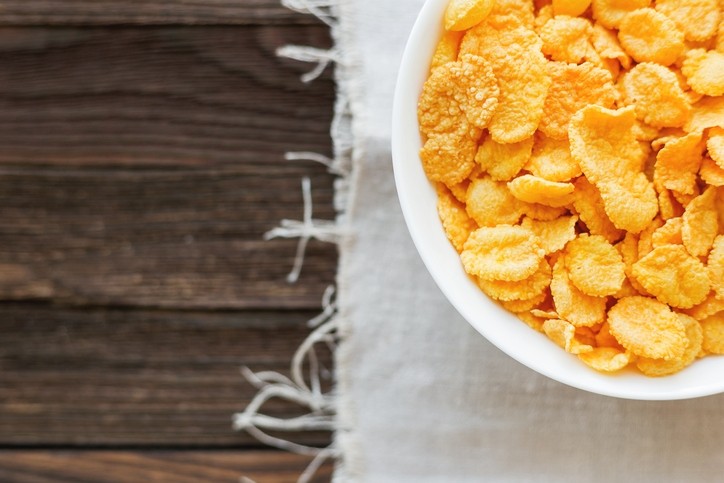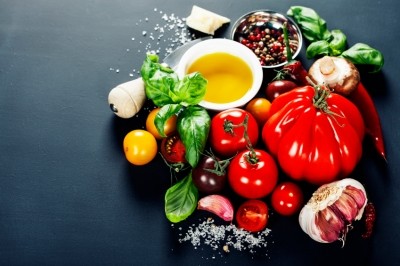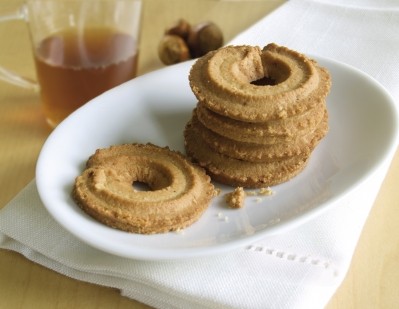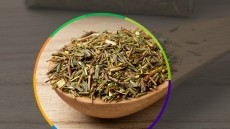'Not particularly good news': Processing strips maize of healthy nutrients

Diets rich in phenolic acids are linked to the prevention of cancer, neurodegenerative diseases and cardiovascular disease, and while corn is a good source of phenolic acids, many of these are in the insoluble-bound form.
The researchers from the University of Illinois wanted to test the impact of corn flake processing - where the maize is dry-milled, steamed, rolled and then toasted, on the nutritional content and if it releases the more bioavailable soluble phenolic acids.
They were hoping to find a maize cultivar that maintained a higher proportion of phenolics during processing into cornflakes, and selected 19 genetically and phenotypically diverse maize inbreds and hybrids to test this.
"What we found was not particularly good news, but it was interesting," said Carrie Butts-Wilmsmeyer, lead author of the study and research assistant professor at the University of Illinois’ department of crop sciences. “Regardless of the concentration in the grain at the beginning, the dry-milling process removes the majority of phenolics.”
As heat can release some of the soluble phenolic compounds, they then heated the starchy leftovers during later processing stages – similar to the steaming process when making corn flakes – to see if this increased the remaining soluble phenolic content.
The researchers, who received support from the Kellogg Company and Dow AgroSciences for the study, said the resulting increase was “negligible”.
Similar losses ‘very likely’ in other grains
Butts-Wilmsmeyer told FoodNavigator: “Most of our processed grain-based food products are made from one portion of the grain. In this particular case, the phenolics are predominantly located in the bran of cereals. The bran is removed during milling. This is why we saw such a drastic decrease between the whole kernel and the large flaking grit processing stages.
“We also briefly considered the tocopherol content of maize. Most of the tocopherols are located in the germ, which is often removed during milling to extend the shelf life of processed food products. When we removed the germ, we removed almost all of the tocopherols.”
She said it was “very likely” that similar nutrient losses would occur in other grains, such as rice or wheat, during processing.
While whole grain products typically contain more nutrients, it is not possible to make all maize-based food products from the entire grain.
“Whole corn products do exist, such as some cornmeal – although these typically have the germ removed to improve shelf life. But, most maize-based snack products and ready-to-eat breakfast cereals are entirely endosperm based. Including other portions of the grain may impact the cooking, baking or toasting qualities, or sensory properties such as smell, taste or texture.”
Fortification the most likely solution
The scientists suggested that alternative processing methods must be developed to retain the nutrients. A shorter-term solution, however, would be recovering the lost phenolics and using them to fortify the same products.
Co-author Martin Bohn said: “In most instances, nutrient fortification will likely be the most sustainable long-term solution. Phenolics have the benefit of being health-promoting compounds as well as natural antimicrobial food preservatives.
“If these phenolics could be recovered from the bran-containing co-products of milling, they could be used as all-natural biofortifying agents with a multitude of positive benefits.”
Despite the somewhat disappointing result, the researchers said they hoped it was “an exciting find” for food manufacturers.
The researchers also developed a miniaturised, bench-size process of cornflake production process, which they say could help companies evaluate manufacturing alternatives that may yield healthier cornflakes.
Previous studies have shown that nixtamalization, the most commonly used method to make tortillas and nachos, also removes most phenolics while extrusion, to make puffed corn snacks, retains slightly more.
Source: Journal of Agricultural and Food Chemistry
"Changes in phenolic acid content in maize during food produce processing"
Published 16 March 2018, DOI: 10.1021/acs.jafc.7b05242
Authors: Carrie Butts-Wilmsmeyer, Rita Mumm, Kent Rausch, Gurshagan Kandhola, Nicole Yana, Mary Happ, Alexandra Ostezan, Matthew Wasmund and Martin Bohn













